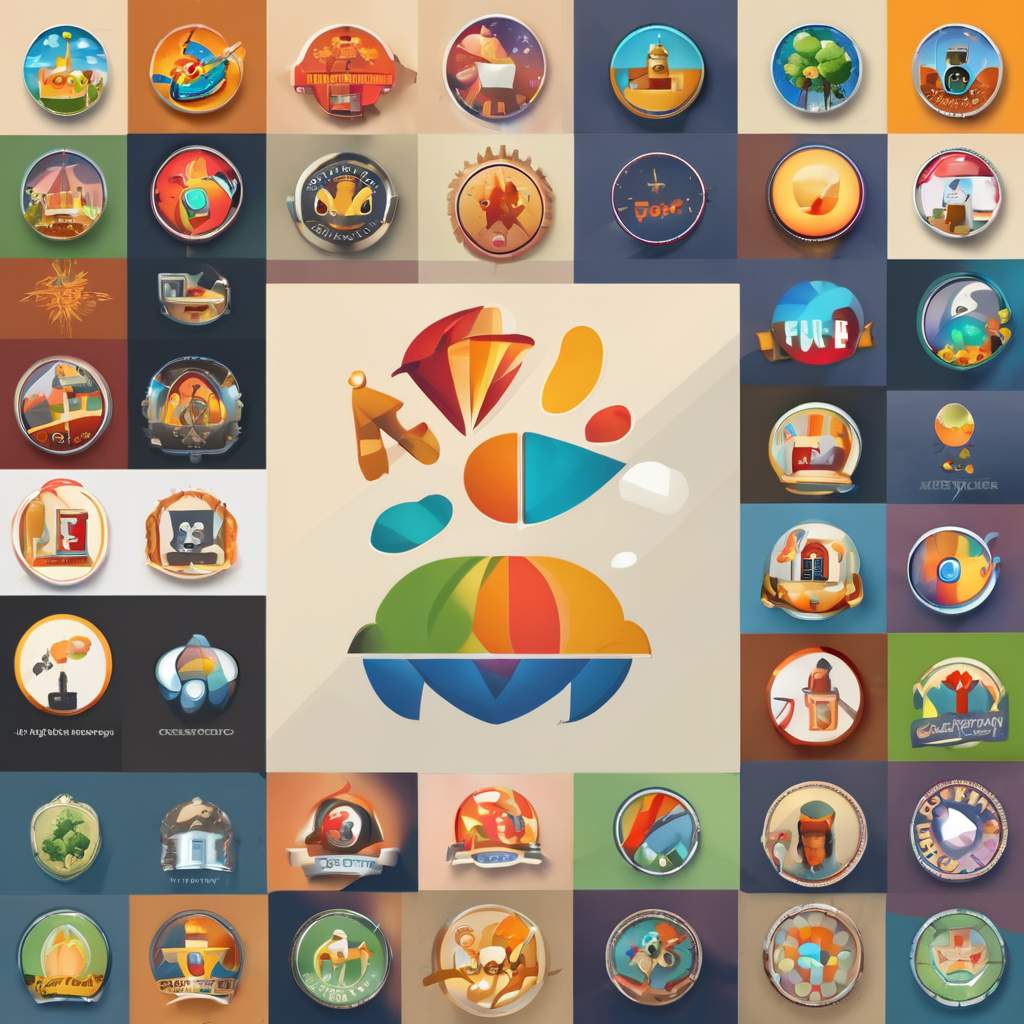Overview of Capacitive Touchscreen Technology
Capacitive touchscreen technology is a pivotal innovation in modern user interaction. Unlike resistive touchscreens, which rely on pressure, capacitive screens detect touch through the conductive properties of the human body. When a finger or capacitive stylus touches the screen, it alters the electronic field, allowing for input detection. This method results in smoother and more accurate user interactions.
Resistive technologies, in comparison, have limitations such as requiring firmer touches and being less responsive. They often struggle with multi-touch gestures due to their design. Capacitive technology, however, supports multiple simultaneous touches, enhancing functionality for consumer electronics like smartphones and tablets.
Also to see : Transforming early disease detection: how graphene-enhanced sensors are leading the charge
Recent advancements have pushed capacitive touchscreen capabilities further. Improvements in sensitivity and energy efficiency have bolstered user satisfaction. Innovations such as flexible displays and integration with biometric sensors widen consumer electronics applications.
In consumer electronics, capacitive screens are often preferable due to their efficiency and intuitive operation. Their ability to recognize gestures enhances both functionality and productivity, catering to a demand for seamless interaction. The combination of these features positions capacitive screens as a cornerstone in the future evolution of touch-based devices.
Additional reading : Ultimate guide to choosing wildlife cameras for night use
Advantages of Capacitive Touchscreens
Capacitive touchscreens offer numerous advantages, enhancing the overall user experience and transforming how individuals interact with devices. One key advantage is their enhanced sensitivity and responsiveness. These screens detect even the most delicate touches, leading to seamless and intuitive user interaction. This level of precision is particularly beneficial for tasks that require swift and accurate responses, such as gaming or drawing applications.
Another significant benefit is their multi-touch capabilities. Capacitive screens support gestures such as pinch-to-zoom and multi-finger scrolling, which all contribute to richer user experiences. Such capabilities are often essential for modern applications, facilitating more engaging and interactive interfaces.
Apart from performance attributes, capacitive touchscreens are also known for their durability and aesthetic appeal. They typically have a sleek, glass surface that is not only robust against wear but also visually appealing. This makes them a popular choice in consumer electronics where both functionality and design are paramount.
Overall, capacitive touchscreens elevate user interaction through their improved sensitivity, multi-touch functionality, and durable design, proving indispensable in the evolution of touchscreen technology.
Case Studies of Capacitive Touchscreens in Consumer Electronics
Capacitive touchscreen technology has made significant strides within consumer electronics, demonstrating its vast potential through numerous case studies. Various devices have successfully integrated capacitive touchscreens, enhancing everyday user interaction.
Smartphones
In the smartphone industry, capacitive touchscreen adoption has dramatically improved user satisfaction. Smartphones from brands like Apple and Samsung offer precise gesture control and multi-touch capabilities. By permitting intuitive user actions, these devices elevate interaction quality, directly impacting sales performance.
Tablets
Tablets, another vital segment, leverage capacitive screens to offer fluid and responsive experiences. Leading devices such as the iPad showcase how effective these screens are in consumer electronics. They provide seamless navigation and support intricate tasks like digital drawing and gaming, demonstrating their immense versatility.
Smart Home Devices
Smart home devices, including thermostats and security systems, utilize capacitive technology to refine the user interface. Devices such as Google’s Nest Thermostat emphasize flexibility, ensuring that users benefit from a smooth, aesthetically pleasing experience. Enhanced user interaction with devices like these underscores the technology’s potential.
By examining these implementations, it’s clear that capacitive touchscreens continually drive consumer electronics innovation, underscoring the importance of this technology in modern device design.
Statistics on User Engagement
Studies on user engagement statistics reveal a clear preference for capacitive touchscreen technology in consumer electronics. Survey data indicates that an overwhelming majority of users favour capacitive touchscreens for their ease of use and efficiency. Consumers report a superior experience with multi-touch gestures, which enhances their interaction with mobile devices significantly.
When comparing touchscreen adoption rates, analytics show a notable increase in capacitive touchscreen preference over traditional interfaces. These screens offer users enhanced ergonomic benefits, which contribute to their widespread use in modern devices. A typical analysis illustrates a higher frequency of touch interaction with capacitive screens, underscoring their intuitive nature and practicality in everyday tasks.
Consumer behaviour also reflects these trends, with a marked growth in touchscreen adoption across various electronic categories, including smartphones, tablets, and smart home appliances. This adoption surge aligns with the increased demand for seamless interaction, highlighting the role capacitive touchscreens play in shaping the future of user interaction.
Overall, the data underscores capacitive touchscreens as a pivotal innovation, continuously driving their integration across diverse platforms. The engagement levels evident in these findings further solidify their standing as a preferable interface in consumer electronics.
Expert Opinions and Future Trends
In exploring the future trends in touchscreen technology, numerous experts highlight the role of capacitive touchscreen technology in shaping future innovations. Renowned industry leaders predict that we will see even greater enhancements in user interaction capabilities. The next generation of capacitive screens is expected to integrate seamlessly with emerging technologies such as Artificial Intelligence (AI) and Augmented Reality (AR). These advancements promise to further revolutionise the way users interact with their devices, beyond just consumer electronics.
Experts suggest that AI integration will enable touchscreens to become more intuitive, learning user habits over time to offer a more personalised touch experience. By improving responsiveness and predictive touch accuracy, users may find interactions to be effortless and highly engaging.
On the AR front, capacitive touchscreens are predicted to be pivotal in creating immersive experiences, allowing users to interact with digital overlays on real-world settings. This could dramatically enhance applications in education, gaming, and home automation, providing consumer electronics with innovative functionalities that blend digital and physical environments.
Such trends underscore the continued evolution and innovation in capacitive touchscreen technology, setting the stage for broadening horizons in user experience.



